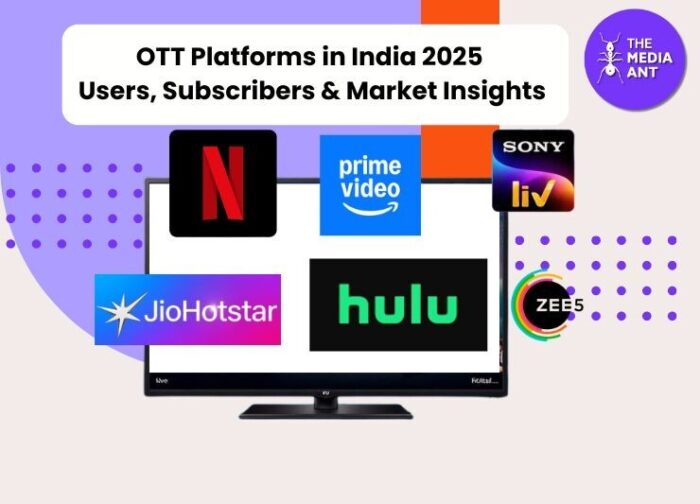
Most Recent Posts
Top-Rated View all
![Top 10 Advertising Agencies In Bangalore [June 2025] 6 Top Advertising Agencies In Bangalore](https://i0.wp.com/www.themediaant.com/blog/wp-content/uploads/2023/02/1-5.jpg?resize=740%2C480&ssl=1)
Bangalore is a great area to find a professional advertising firm since it is home to some of the country’s... Read more

Are you seeking the ideal advertising platform tailored to your target audience? Your search just got easier, thanks to The Media... Read more
![Top 10 Advertising Agencies In Chennai [Updated 2025] 8 Top Advertising Agencies In Chennai](https://i0.wp.com/www.themediaant.com/blog/wp-content/uploads/2023/07/newspaper.jpg?resize=460%2C300&ssl=1)
In the pulsating heart of South India, where tradition marries technology and creativity coils with culture, blooms a vibrant metropolis... Read more

Marketers understand the need for measuring the estimated reach across their marketing campaigns to help them better optimizes their marketing... Read more

In our first article of the series about promoting online games, we learned the following: Insights on online mobile gaming... Read more

In the previous article of our series “promoting online games in India,” we talked about the popularity and the ways... Read more

In the first part of the series we would cover the following: Insights on online mobile gaming landscape in India... Read more

Before running a successful digital marketing ad campaign, it’s important to have an idea about how many people you can... Read more

Want to promote and advertise your real estate as a co-working space? Looking for ways to increase membership of your... Read more

Where were you in your personal and professional journey 10 years ago? If we ask you this question, you would... Read more









